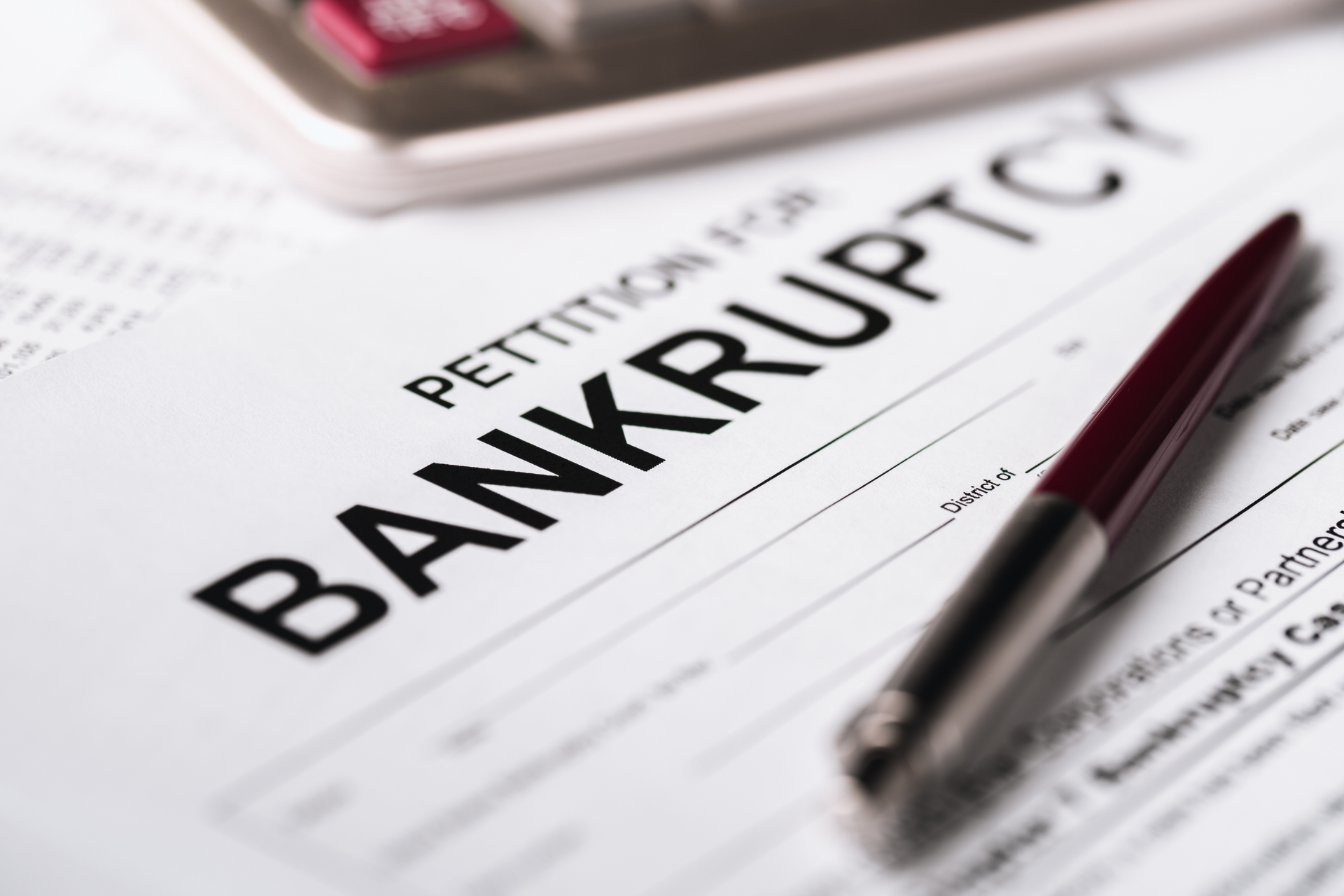Article
How to File Bankruptcy in Oklahoma: Step-by-Step Guide
Filing for bankruptcy can provide a fresh financial start for those struggling with overwhelming debt. However, the process can be complex and requires careful planning. This guide will walk you through the necessary steps, common pitfalls to avoid, and the role of a bankruptcy attorney in Oklahoma.
Step 1: Determine Eligibility
Before filing for bankruptcy, you must decide which type is right for your financial situation:
-
Chapter 7 Bankruptcy: Also known as liquidation bankruptcy, this is for individuals with little to no disposable income. It allows for the discharge of most unsecured debts.
-
Chapter 13 Bankruptcy: This involves a repayment plan where debts are reorganized and paid over three to five years.
Eligibility for Chapter 7 is based on the means test, which compares your income to the median household income in Oklahoma. If your income is too high, you may have to file for Chapter 13 instead.
Step 2: Gather Necessary Documents
To successfully file for bankruptcy in Oklahoma, you will need:
-
A list of all debts (credit cards, medical bills, loans, etc.)
-
Income documentation (pay stubs, tax returns)
-
A list of assets (home, vehicle, personal property)
-
A record of monthly expenses (utilities, food, rent/mortgage, etc.)
-
Any legal judgments or pending lawsuits
Step 3: Complete Credit Counseling
Oklahoma law requires all bankruptcy filers to complete a credit counseling course from an approved agency within 180 days before filing. This course helps individuals explore alternatives to bankruptcy and gain financial management skills.
Step 4: File the Bankruptcy Petition
The official bankruptcy paperwork must be filed with the U.S. Bankruptcy Court for the Western, Northern, or Eastern District of Oklahoma, depending on your location. Filing fees apply:
-
Chapter 7: $338
-
Chapter 13: $313
You may request a fee waiver or installment payments if you cannot afford the full cost upfront.
Step 5: The Automatic Stay Takes Effect
Once you file, the automatic stay goes into effect, preventing creditors from pursuing collection actions, including wage garnishments, foreclosure, or repossession.
Step 6: Attend the 341 Meeting of Creditors
After filing, you must attend the 341 Meeting of Creditors, where a trustee and creditors can ask questions about your finances and bankruptcy petition. This meeting is typically straightforward, but you must answer honestly under oath.
Step 7: Complete a Financial Management Course
To receive a bankruptcy discharge, you must complete a second credit counseling course called the Debtor Education Course, which focuses on financial responsibility and budgeting.
Step 8: Receive Your Bankruptcy Discharge
If all requirements are met:
-
Chapter 7 discharge usually occurs within 4-6 months.
-
Chapter 13 discharge occurs after completing the repayment plan (3-5 years).
The discharge eliminates eligible debts, providing a financial fresh start.
Common Pitfalls to Avoid
-
Not listing all debts and assets: Failure to disclose all financial information can lead to case dismissal.
-
Racking up new debt before filing: Courts may view this as fraudulent behavior.
-
Failing to complete required courses: Missing credit counseling and debtor education can result in case denial.
-
Filing without an attorney: While it’s possible to file alone, errors can delay or jeopardize your case.
The Role of a Bankruptcy Attorney
A bankruptcy attorney can guide you through the process, help with paperwork, and represent you in court. Great Plains Legal Services provides legal assistance in navigating Oklahoma bankruptcy laws and ensuring a smoother process.
Final Thoughts
Filing for bankruptcy in Oklahoma can be a fresh start for those facing financial hardship. Understanding the process and working with a knowledgeable attorney, such as those at Great Plains Legal Services, can make the experience less stressful and increase your chances of a successful discharge.
















